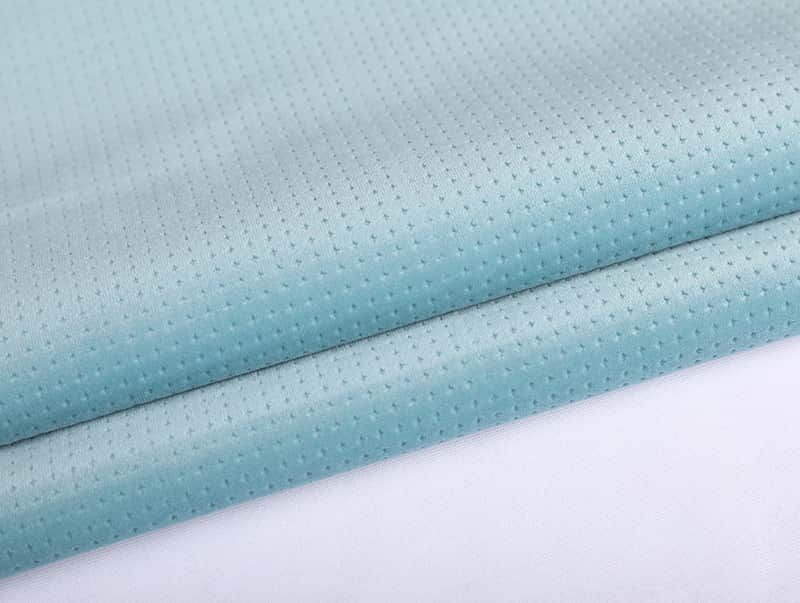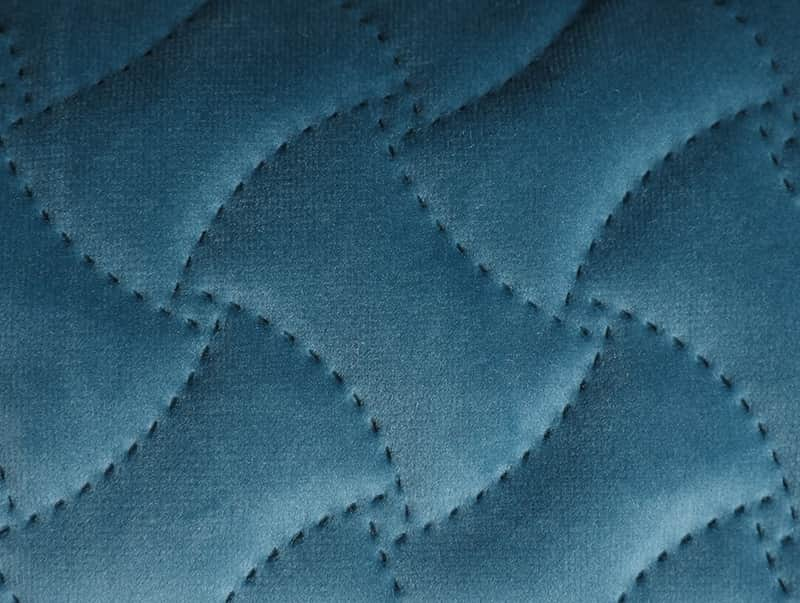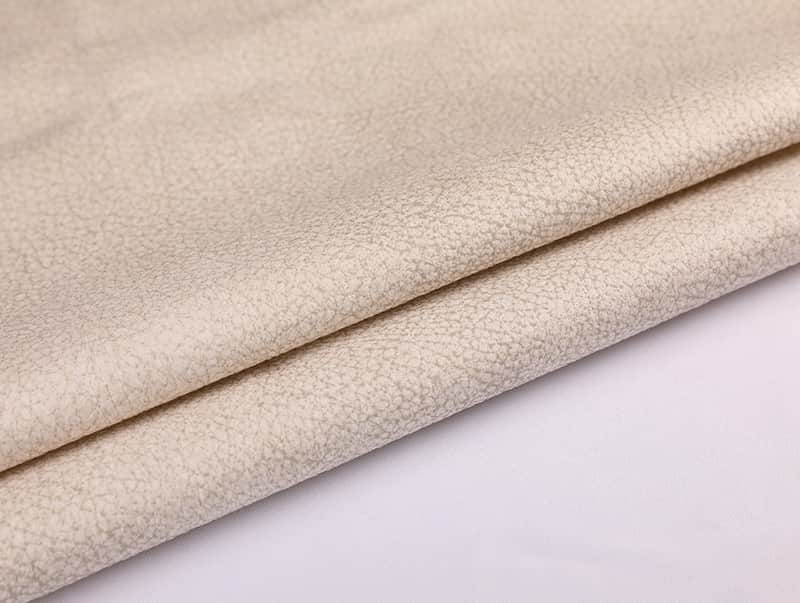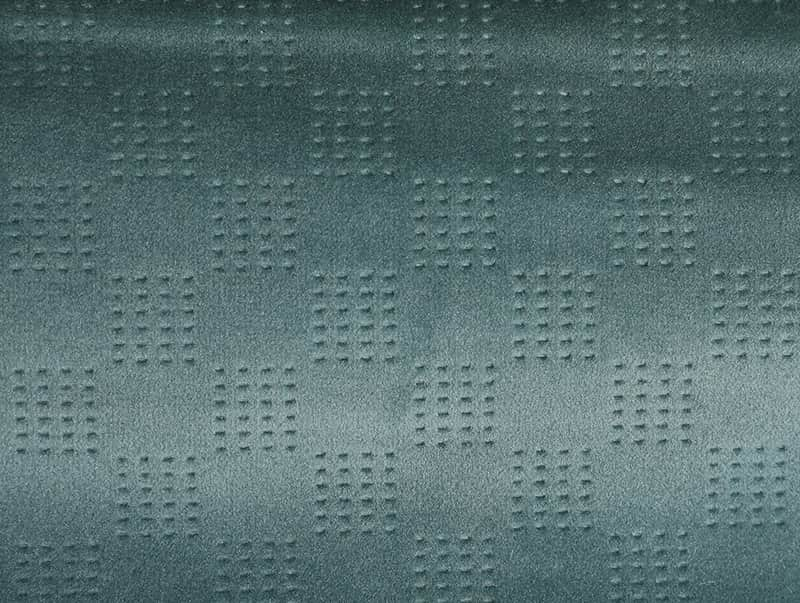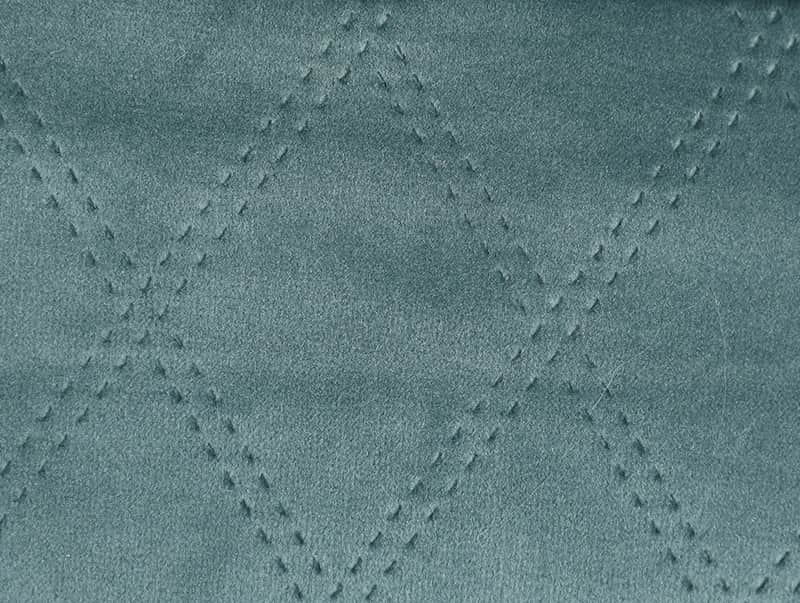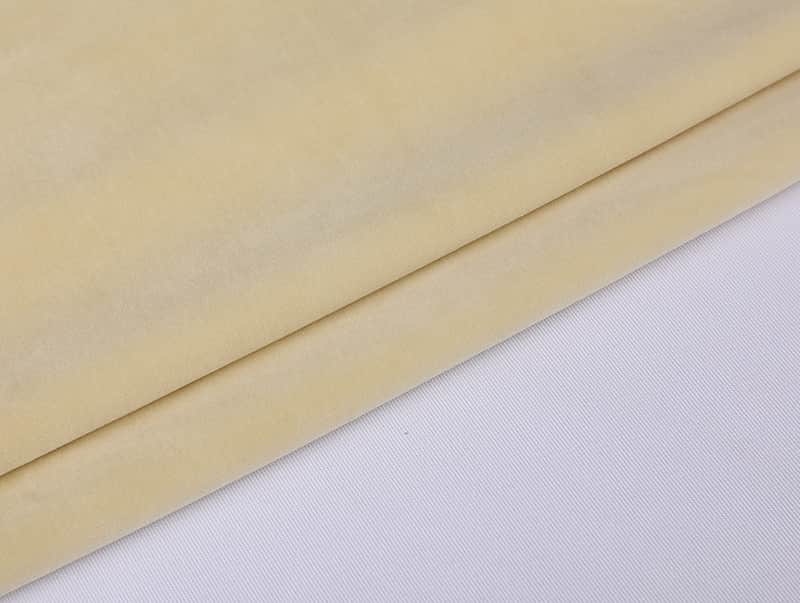The anti-wrinkle properties of garment fabric can vary significantly depending on the type of fabric and its specific characteristics. Some fabrics naturally resist wrinkling, while others are more prone to creasing. Here's an overview of how different fabrics generally perform in terms of anti-wrinkle properties:
Fabrics with Good Anti-Wrinkle Properties:
Synthetic Fabrics: Many synthetic fabrics, such as polyester, nylon, and spandex, are known for their resistance to wrinkles. These fabrics tend to hold their shape and smoothness well, making them suitable for travel and garments that need to maintain a wrinkle-free appearance.
Blended Fabrics: Blends of natural and synthetic fibers, like cotton-polyester blends, often combine the properties of both materials. They can provide improved wrinkle resistance compared to pure natural fibers.
Wool: Wool fabrics, especially those with finer weaves, are naturally resilient to wrinkles. Wool garments, such as suits and dress pants, tend to drape well and maintain their shape.
Performance Fabrics: Some advanced performance fabrics designed for activewear and outdoor clothing are engineered to be wrinkle-resistant while offering moisture-wicking and quick-drying properties.
Fabrics with Moderate to Poor Anti-Wrinkle Properties:
Cotton: Pure cotton fabrics are comfortable but tend to wrinkle easily. However, there are variations like wrinkle-resistant cotton that have been treated to minimize wrinkles.
Linen: Linen is highly breathable and suitable for hot weather, but it is notorious for wrinkling. It is part of the fabric's character, and some people appreciate the casual, lived-in look.
Silk: Silk is luxurious and comfortable, but it can be susceptible to wrinkling. Some silk blends or treatments may offer improved wrinkle resistance.
Rayon: Rayon fabrics can have moderate wrinkle resistance, but they may require care to minimize creasing.


